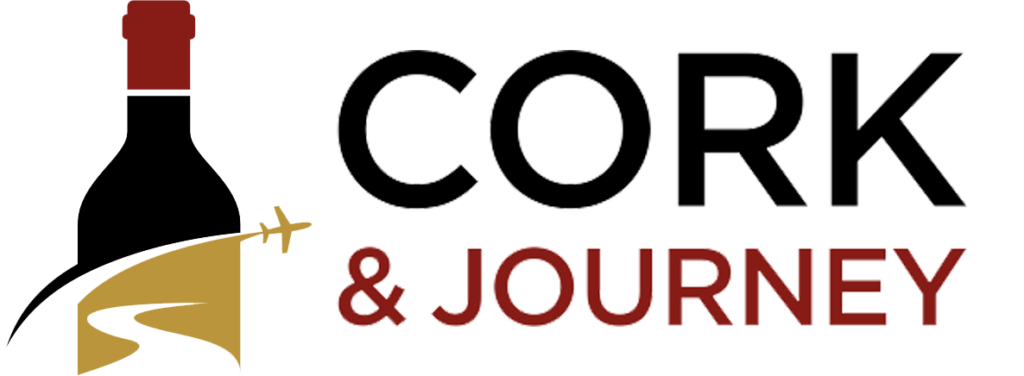Here’s some insight into the last week of wine. The 2022 Oregon Wine Industry Report highlights significant growth, record production, and strong demand in the Oregon wine sector, with Pinot Noir remaining dominant and sales increasing. Vintage Wine Estates faces potential Nasdaq delisting due to stock price concerns. The World Health Organization (WHO) shifts its alcohol approach, focusing on making alcoholic beverages less socially acceptable, which could pose challenges for the wine industry. Napa County receives a $37.5 million federal grant for fireproof construction and Jackson Family Wines funds research on smoke taint in vineyards. European vineyards grapple with natural disasters, while paper wine bottles gain traction as an eco-friendly alternative. French cooperages face future challenges in accessing high-quality oak wood, potentially affecting winegrowers.
The 2022 Oregon Vineyard and Winery Report reveals that the Oregon wine industry experienced substantial growth and promising conditions. Despite a serious April frost, the year saw a wet spring, warm summer, and pleasant September, resulting in large grape clusters and a rebound in fruit volume. Wine grape production in Oregon reached a record 137,065 tons, a 19.5% increase over 2021, with an estimated value of $330 million, up 22%. Pinot Noir remained the dominant variety, accounting for 60% of acreage and 57% of production, while Chardonnay plantings increased by 14%. Sales increased by 13.3%, and direct-to-consumer sales grew by 12.6%, partly due to the appointment-based tasting room model. Approximately 31% of Oregon grapes were sold out of state, indicating strong demand for this growing region. Vineyard and winery numbers also increased, with Oregon’s largest export market being Canada, followed by the United Kingdom.
Vintage Wine Estates warned of Nasdaq exchange delisting
Vintage Wine Estates, the producer of various wine brands, including B.R. Cohn and Ace Cider, has received a warning from the Nasdaq Stock Exchange due to its stock bid price falling below the exchange’s $1-a-share minimum for 30 consecutive business days. The stock price was last at $1 on July 26, having rallied from an all-time low of 67 cents to 71 cents. The company has been given until March 11, 2024, to have its stock trade above $1 for at least ten consecutive trading days to regain compliance. If this threshold isn’t met, Vintage may consider shifting to Nasdaq’s Capital Market, potentially extending the compliance period. A reverse stock split, which requires shareholder approval, is also an option to increase the share price. Vintage Wine Estates debuted on the Nasdaq Global Market in March 2020 and has faced price fluctuations over the years.
The World Health Organization (WHO) has shifted its approach to alcohol, aiming to make alcoholic beverages less socially acceptable, similar to the approach taken with tobacco. The focus has moved from specific health warnings to a broader campaign to “de-normalize” alcohol consumption. WHO has proposed coordinated European action in six areas, including alcohol pricing, availability, marketing, labeling, health services’ response, and community action. These recommendations include a ban on all advertising and new restrictions on where alcohol can be sold and served, mirroring the approach used successfully against tobacco. Wine is not being considered separately, and the WHO’s message is that all alcohol consumption carries health risks. The wine industry is facing increasing challenges as health concerns drive reduced alcohol consumption, particularly among younger generations. While efforts are being made to emphasize wine’s cultural and economic importance, the trend toward less alcohol consumption may continue to grow.
Napa gets US$37.5 million federal grant for fireproof construction

Napa County has received a substantial federal grant of $37.5 million, with a 25% matching contribution from the county government, to support the construction of fire-resistant structures in the region. This grant is a significant development in wildfire prevention and mitigation efforts for Napa Valley winemakers and the community. Napa Valley Vintners, a nonprofit trade association, played a key role in advocating for this federal support, emphasizing the critical importance of wildfire prevention for the wine industry. The grant reflects the county’s commitment to addressing the wildfire issue, which cost the Napa wine industry an estimated $2 billion during the 2020 wildfires. The region is actively implementing a multi-year Community Wildfire Protection Plan to enhance safety. Additionally, California is taking steps to combat wildfires, including new regulations and technological advancements such as fire-resistant home designs and monitoring systems.
Jackson Family Wines funds vital research into smoke taint
Jackson Family Wines (JFW) has donated $300,000 to create the Jackson Family Wines Endowed Professorship at Washington State University’s (WSU) Department of Viticulture & Enology, supporting Dr. Tom Collins in his research on smoke taint in vineyards. Smoke taint poses a significant threat to vineyards, with California alone losing $601 million in unharvested wine grapes due to smoke taint in 2020. Dr. Collins is known for his work in identifying new smoke-related compounds in grapes and wines. This endowment will facilitate his research and promote sustainability in viticulture and enology. It enhances the collaboration between JFW and WSU, contributing to the global wine industry’s understanding of smoke exposure risks in vineyards, especially in the face of climate change and sustainability concerns.
Europe’s Vineyards Plagued by Pestilence | Wine-Searcher News & Features
The year 2023 has proven challenging for European vineyards as they faced a series of natural disasters, including excessive rainfall and heat waves. Downy mildew has swept through vineyards in Austria, Croatia, France, Italy, and Slovenia, causing significant damage. Winemakers in Bordeaux saw around 90% of vineyards affected by mildew outbreaks. Greek and Sicilian vineyards also suffered from mildew attacks due to changing weather patterns. While some regions are adapting to these challenges with innovations like shading nets and drought-resistant rootstocks, the future of European southern vineyards remains uncertain, potentially impacting organic and biodynamic viticulture practices.
Are paper wine bottles the future? These companies think so.
Frugalpac, a British company, is introducing paper wine bottles as an eco-friendly alternative to traditional glass bottles in the United States. These paper bottles have a significantly lower carbon footprint, estimated to be up to six times lower than glass bottles. They are lightweight, weighing less than 3 ounces, which reduces fuel consumption and emissions during transportation. The bottles are assembled using recycled cardboard and a plastic pouch to hold the drink. Frugalpac claims that the paper bottles do not alter the taste of the wine or spirit they contain. However, their shelf life is shorter, with red wine lasting around 18 months and white wine approximately one year. The Monterey Wine Company in California has become the first American firm to adopt this innovation, aiming to produce paper bottles in-house for shipment. Frugalpac hopes to expand its model and assembly machines to producers worldwide, reducing transportation and sourcing materials locally.
Will soaring oak prices prevent winegrowers from maturing their wines in new oak?
French coopers have recently experienced increased demand for oak barrels, with 684,912 barrels sold despite previous challenges such as short crops, wildfires, and shipping supply chain issues. However, coopers are now concerned about future access to raw materials, particularly high-quality stave wood. They have expressed difficulties in obtaining fair access to this wood due to changes in marketing practices at the National Forestry Commission (ONF), which now reserves supply contracts for sawmilling. This situation may lead to rising oak prices in the coming years, potentially impacting winegrowers’ ability to mature their wines in new oak barrels. Coopers have refrained from passing on the price pressures to their customers so far but anticipate potential challenges ahead.

All things wine, and food you could ever need or want — straight to your email!